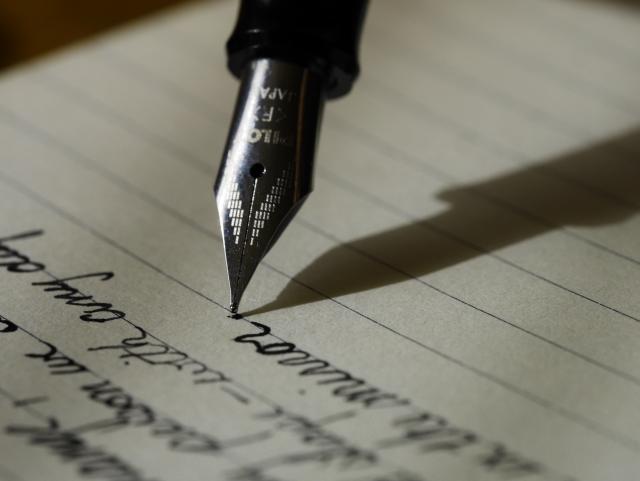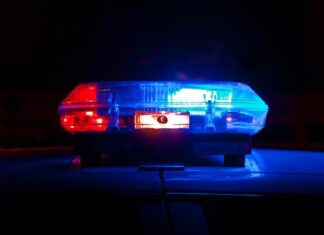When American influencer Sam Jones grabbed a baby wombat from its mother for a photo opportunity, it triggered national outrage.
Even the Prime Minister weighed in.
The young woman was fiercely criticised and reportedly received death threats.
Unsurprisingly, she fled the country soon after.
What she did was undeniably wrong.
But let’s be honest—every single day, Australians are doing far worse.
Hundreds of native animals are struck by cars and trucks on our roads daily.
Some are killed instantly, others are left to suffer in agony, starving and alone, before finally succumbing to their injuries.
Many are even cursed for damaging the vehicles that hit them.
Koalas, possums and gliders are injured or killed as bulldozers clear bushland to make way for new developments.
Their homes are gone in minutes, their survival chances destroyed.
And this is on top of the losses they already face during bushfires, floods, and prolonged droughts.
Meanwhile, kangaroos are shot in their hundreds every night—many not killed outright, but wounded, left to die slowly and terrified.
Joeys are ripped from pouches and bludgeoned or abandoned to starve.
Our national icon is sold as steak in the supermarket or turned into pet food.
And the skins? Used by brands like Adidas, Puma and Nike.
We know of outback farmers who deliberately fence off water sources to prevent kangaroos and wallabies from drinking—forcing them instead to drink water laced with urea, a cruel and painful death.
Possums, especially brushtails, are often seen as pests.
They move into roof spaces or sheds, simply trying to find shelter.
Some people poison them with products like Ratsak, resulting in a slow, excruciating death.
Others trap and release them far from home, which is a death sentence in itself.
Possums are territorial—relocated animals often die confused, hungry, and harassed by resident possums.
Until 2020, wombats were legally hunted for sport in Victoria.
It wasn’t until 2023 that South Australia required permits to destroy wombat warrens.
Ironically, Sam Jones may have inadvertently raised the wombat’s profile—but for how long?
Then there’s the ever-familiar phrase: “The only good snake is a dead snake.”
We’ve all heard it. But snakes are crucial to our ecosystems.
They control rodent populations and help keep balance.
Even pythons can serve a purpose—perhaps by dealing with those possums in your roof.
Every native animal has a right to live. They’ve existed here for millennia.
But we are stripping away their habitat and food sources at a frightening rate.
Entire ecosystems are flattened for housing, industry and roads.
Where are the animals supposed to go?
Wildlife rescuers and carers face heartbreaking scenes daily.
Injured and terrified animals with no hope of survival.
We do everything we can—raising orphans for months, replicating their natural habitats, sourcing specialised formulas, and travelling for hours just to find the right leaves for a hungry animal.
And yet, we receive very little government support. Instead, we’re forced to battle bureaucracy to stop wildlife from disappearing altogether.
There was national outrage for one wombat. But where is the outrage for the rest of our wildlife?
Where is the anger for those dying on our roads, in our backyards, and in the bush?
Why are we silent?
Cecilia Michalowitz and Jo Carson,
Australian Native Animals Rescue and Rehabilitation (ANARRA)






